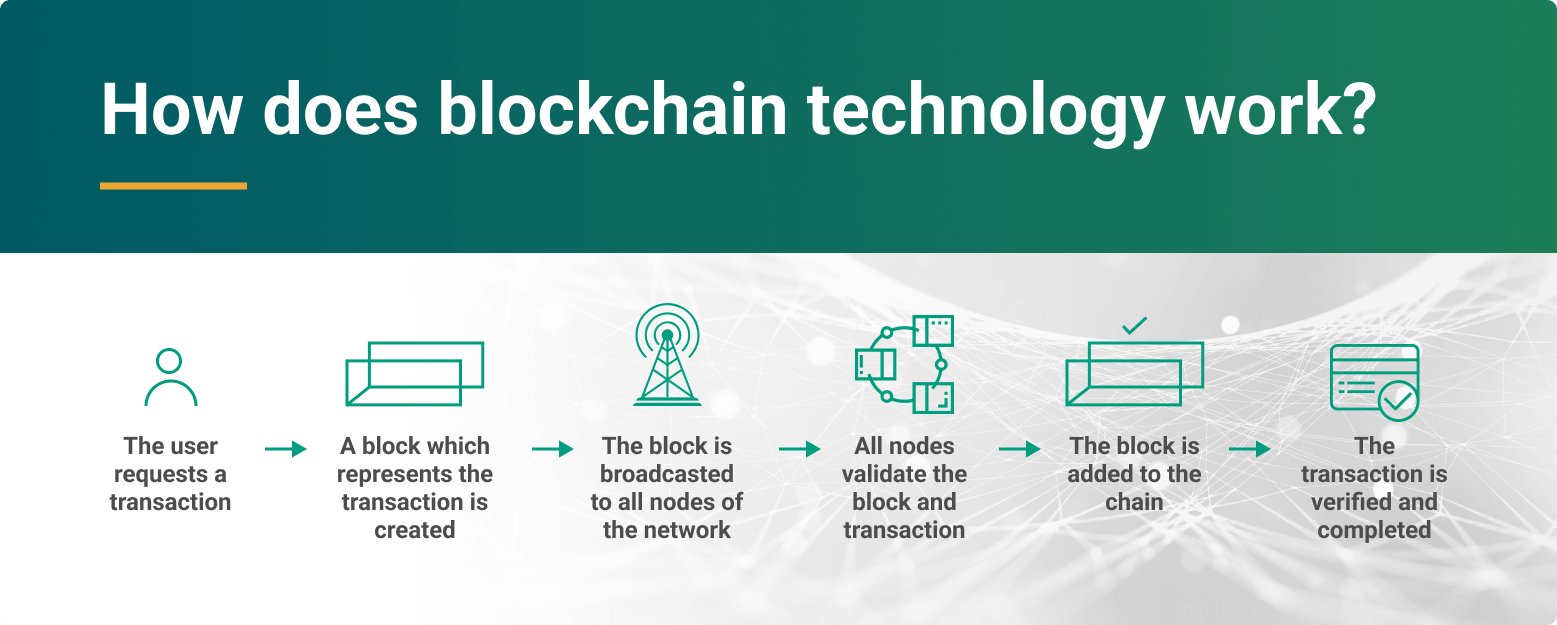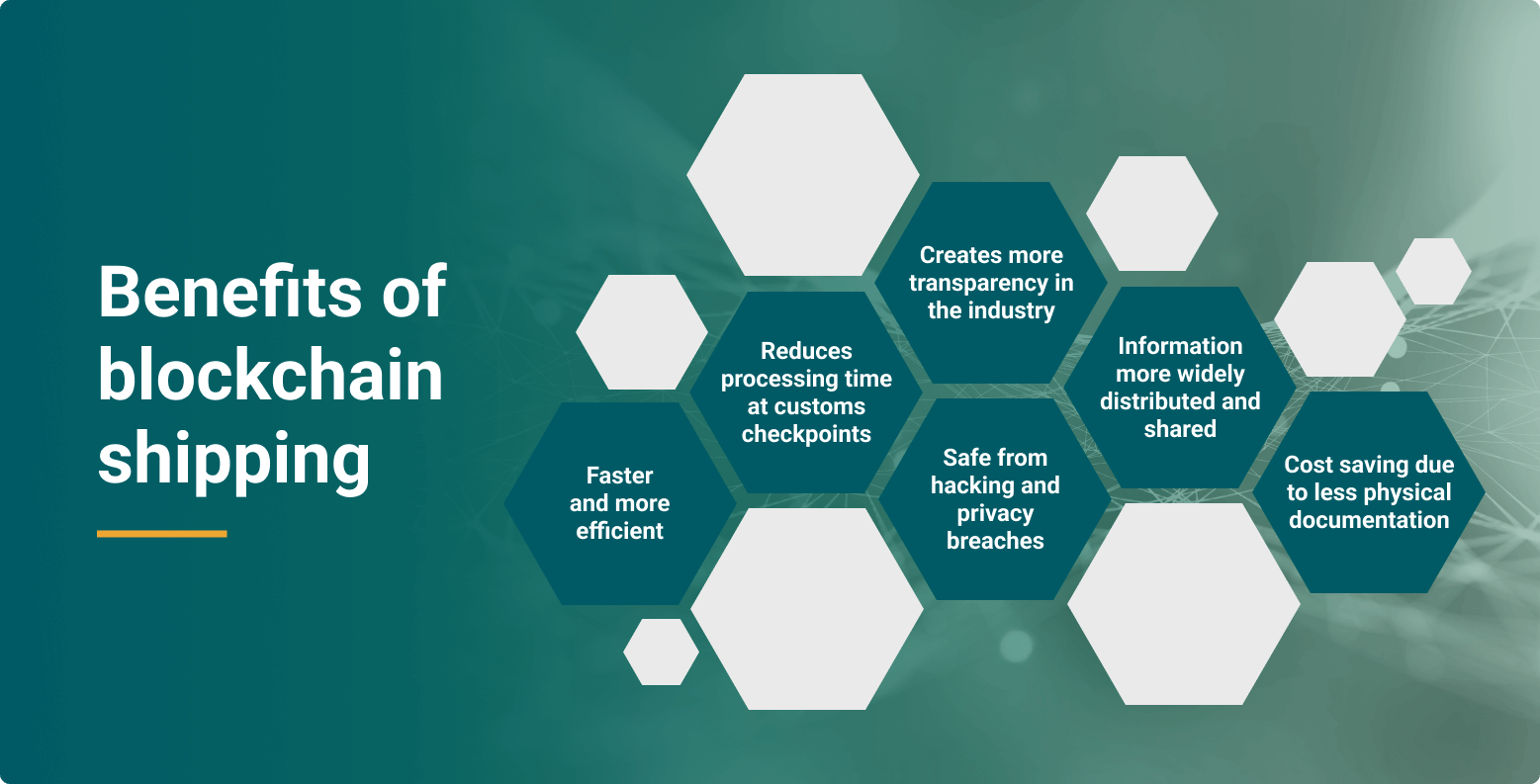Blockchain is the buzzword on everyone’s lips. So what is it, and how does it work? Can it drastically improve the efficiency and sustainability of the shipping industry? We give you the lowdown.
Does managing and tracking containers from multiple players, and dealing with never ending communication issues sound familiar to you? We get it, it’s enough to make anyone want to ship off to a desert island and become a hermit.
If you’d like to manage all of your containers, admin and communications in one place, Container xChange is your solution.
We’re a neutral marketplace for buying, selling and leasing containers. We have over 1000 trusted partners you can choose from, in over 2,500 locations worldwide.
On xChange, you can handle everything from searching and closing deals to invoicing and payments, all in one place. Tracking containers couldn’t be easier, and you can communicate directly with each player you work with. Yup, you heard right: no middle-men!
Digitize your container logistics today. Sign up for a free demo to learn more.
What is blockchain shipping?
If you’ve been part of the shipping industry, you’ll know that it hasn’t changed much in the last 50 years. Software is outdated and inefficient, which means delays and profit losses.
Today, blockchain is used in various industries such as banking, medicine and logistics. It’s fast replacing manual, paper-based systems with streamlined digital processes. This means more systematic operations, saving time and money.
So what’s a blockchain? To put it simply, it’s a public, digital ledger. This ledger tracks all transactions, as well as the movement of assets in real-time. Each transaction/piece of data is a “block”, which once created, is recorded in a chain.
Blockchain technology has three main components. It’s:
- Decentralized: Blockchain works in real time, and you can access it from anywhere.
- Immutable: Chains can’t be changed or reversed.
- Transparent: When a transaction takes place, the network is updated immediately. Changes are visible to all users on the network.
Now, let’s take a look at how blockchain technology works.
How does blockchain work?
Perhaps you hear the word “blockchain” and your brain switches off. We know it’s a complicated topic. The below diagram should help to broaden your understanding of how blockchain technology works, without going into too much detail:

You see, that wasn’t so bad. Now you know how a block is created, and becomes part of the chain.
4 ways to apply blockchain in the shipping world
In shipping, blockchain technology can help in four main ways:
1. Shipment tracking
Traditional tracking methods are often slow. With blockchain technology, you can access data anytime and from anywhere. So you can manage your shipments easily and in real-time.
2. Smart bills of lading
If you’ve ever tried to track shipments using the bill of lading document, you’ll agree it’s unreliable. What’s more, you end up spending extra cash issuing and transporting these documents.
Blockchain tracks cargo easily and in real time. Documents in the blockchain also remain safe and secure, so you’ll save on courier costs, and no longer have to worry about documents getting lost.
3. Smart contracts
As you know, transactions in the shipping industry are costly and labor-intensive. Around 20% of operational budgets are due to poor information and data management.
Smart contracts can address important issues like payment processing and shipment tracking. And they’re paperless: bonus!
4. Tracking and tracing fuel quality
Cargo ships run on fossil fuels, which emit CO2, sulfur oxide, and other greenhouse gasses. With blockchain technology, you can track and trace the origins of your fuel. Imagine how much this would improve accountability and regulation in the industry?

Smart contracts in blockchain shipping: What are they?
In 2018, IBM estimated that complete digitalization of the shipping industry could save carriers up to $38 billion per year. Sadly, automation is rather non-existent in the shipping world right now. The industry still handles invoices, bank transfers and checks manually.
Smart contracts use blockchain technology to automate customer contracts. These contracts are blockchain-based machines programmed with rules. The rules make up the legal contract. The big difference? A machine records and verifies the rules, not a human being.
Smart contracts allow participants to enter into agreements. You need to follow these rules strictly, otherwise consequences are executed. For example, payments can be held until a delivery has been validated or certain inspections are done.
Payments using special tokens is another possibility with blockchain. This means instant payments, and immediate conversion of currencies. Sounds neat, right?
Blockchain shipping and smart bills of lading
The Bill of lading is basically a receipt of services. It includes information such as the type, quantity and destination of goods in a shipment.
This document is equal in value to the goods themselves. If you lose it, you can’t collect your shipment. On average, a bill of lading document is worth around $60,000! That’s a ton of money for a piece of paper!
Bill of lading documents are paper-based, and get couriered to the shipper. This is expensive, and often leads to delays. When a bill of lading isn’t available, cargo is held up, which means pile ups at ports. And don’t forget about the demurrage and detention fees the shipper has to pay when this happens.
Fraud is another concern with paper documents in the shipping world. Signatures are forged, inaccurate information is added to forms, and fake logos are printed. Data encryption means that fraud is no longer an issue.
You can prevent delays, because data is available in real time. No more waiting for your papers to arrive! You’ll save on couriers and avoid losing documents.
To find out more about container tracking, have a look at this piece.
Benefits of blockchain in shipping
There are many benefits to using blockchain in the shipping world. Here are some of the biggest advantages:

Cost-saving through blockchain shipping
With blockchain, there are so many opportunities to save money in the shipping industry. From reducing manual labor, courier fees and bank charges to preventing fraudulent activities.
Blockchain shipping: Streamlined communication
Blockchain can improve communication with your stakeholders in the industry. With open platforms, accessing your data is easy and quick. No more time wasted on emailing and calling to get access to your information.
Safe and secure with blockchain shipping
Blockchain’s decentralized nature makes it impossible to hack from outside the network. It uses encryption technology to verify, share and record data, preventing fraud and human error.
Blockchain shipping improves efficiency
Overall, blockchain can improve the efficiency of the maritime industry in many ways. From reducing manual workloads and improving access to schedules, to making payments faster and more secure.
Wider distribution of information with blockchain shipping
Information is widely distributed, and not housed in a central location. Anyone on the network can access the data at any time, from anywhere in the world. All information is synchronized, so you can view it in real-time.
Want to learn about the IoT (internet of things)? Check out this blog post.
How does blockchain shipping contribute to sustainability?
By now you know that blockchain improves efficiency and saves you money. So, it’s time to find out how blockchain benefits the environment. How can you use blockchain technology to reduce your carbon footprint?
Currently the shipping industry accounts for 90% of trade worldwide. Demand for more ships is constantly on the rise. And with this, so are the effects on the environment.
Cargo ships emit a variety of pollutants such as CO2, nitrogen oxide and sulfur oxide. The shipping industry as a whole is currently responsible for 11% of all transport related CO2 emissions.
Increasing efficiency at ports through blockchain shipping
Due to poor organization and ineffective communication, ships spend lots of time idling in ports, wasting fuel and emitting greenhouse gasses.
With blockchain technology, you can finally avoid pile ups, miscommunications and lack of access to schedule changes. Blockchain gives authorized users access to data tracking and schedules in real-time. This cuts through admin hold ups that have traditionally slowed business down.
If this technology can improve efficiency and communicate schedules more accurately, ships can plan their arrivals and departures better. This reduces emissions, prevents idling, and saves fuel.
Tracing fuel quality through blockchain shipping
Another way that blockchain can improve sustainability is through fuel quality tracing. With our current climate crises, all sectors are looking to decrease their carbon footprint. High pollution levels in the shipping world are mainly due to low-quality, sulfur-laden “bunker” fuel used in cargo ships.
Blockchain technology traces the origin and journey of fuels, so that ships can use cleaner options wherever possible. How? On platforms where users can access secure and accurate information about fuels. And share it with anyone on the network. In turn, users can confirm fuel data quality and ensure compliance with the IMO (International Maritime Organization).
To learn more about sustainability in shipping, check out this separate blog.
Challenges to implementing blockchain shipping
We agree, blockchain technology sounds like the way to go. But before we get all overexcited, there are some challenges to take into account too.
- Cost: Initially, the development and setup of blockchain technology is expensive. Maintenance is also costly, as companies need to rely heavily on experts to iron out teething problems in the beginning.
- Migrating from legacy systems: Migrating over from older systems is expensive and time-consuming. Staff used to working on simpler systems first have to go through rigorous training on how to use blockchain before business as usual can commence.
- High energy consumption: Blockchain technology needs live power to operate in real-time. When a new node is created, it communicates to all other nodes in the network. This draws large amounts of computing power. It’s also expensive, and uses up valuable resources. The shipping sector, like most industries, is aiming to reduce its carbon footprint, not increase it.

Digitize your logistics with Container xChange
xChange is a neutral container marketplace for buying, selling and renting shipping containers. With 100% market transparency, you can rest assured you’re getting the best deals out there.
On xChange, managing your logistics process is no longer a nightmare. Search for containers, negotiate deals, and handle all of your payments and invoices on our platform. So you don’t have to waste another minute switching accounts and trying to get hold of different stakeholders on the phone.
Worried about safety? Due to our strict background check process, all members on the platform are trustworthy, legitimate and professional. We don’t allow any tricksters to fall through the cracks!
Track your containers easily and effectively using the bill of lading number. Another benefit? Access your information anytime, anywhere: it’s all stored for future use.
Are you ready to manage your containers in a secure and efficient online environment? Get going today, by signing up for a free demo with one of our experts.
How is blockchain used in shipping and logistics?
Blockchain is used in shipping and logistics in a variety of ways. It allows businesses to improve efficiency through process automation, reduced paperwork and better communication. It also enables transparency and traceability, as well as increasing the security of supply chains through open, immutable networks.
Is blockchain technology good for the supply chain industry?
Blockchain technology is good for the supply chain industry in more ways than one. It allows for improved workflow management and more cost-efficient delivery of products. Blockchain can improve the traceability of goods, and create transparency in the industry.
What are some examples of blockchains?
Some examples of blockchain technology include supply-chain and logistics monitoring, cross-border payments and secure sharing of medical data. Various industries are adopting blockchain technology at a rapid rate due to its transparency, traceability and cost-saving potential.
What is blockchain tracking?
Blockchain tracking allows users to safely and effectively track goods throughout the supply process. You can easily track your cargo with an individual series number. The network ledger records production updates by serial number, providing tamper-proof information to users.





